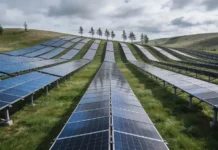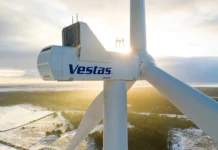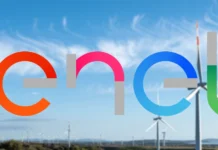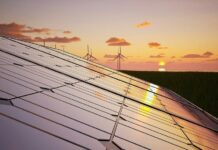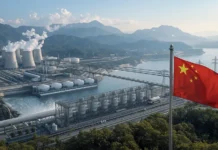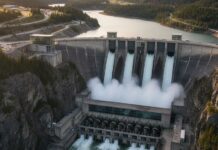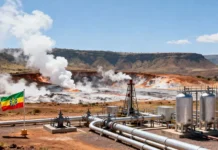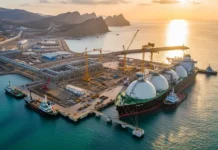An effective energy procurement strategy can deliver a wide range of benefits. These include lower costs, better forecasting and greater control over your power usage.
A key component of an effective energy procurement strategy is to align it with your corporate objectives. This is especially important for companies that have sustainability and green policies in place
Cost-effectiveness
Cost-effectiveness is an approach that is often used in energy procurement. It compares two or more alternatives to determine which has the highest cost-effectiveness, and if possible, which has the lowest net cost.
To determine the cost-effectiveness of a program, an LSE should calculate its cost-effectiveness ratio (CE ratio). CE ratios are usually calculated by multiplying the project’s net costs by its effectiveness.
The CE ratio can be ranked from low to high. The most cost-effective projects have the lowest CE ratios.
A DR program’s cost-effectiveness is determined by calculating the cost-effectiveness ratio (CE ratio) for each of its long-term investments. The low value for each investment will be the levelized value of that investment over its expected useful lifetime, based on the Capital Amortization Period input by each LSE.
The high value for each investment will be the total value of that investment over its expected useful lifetime, including any other costs that it would have incurred if not for the existence of the DR program.
The DR cost-effectiveness report will include a sensitivity analysis, which will show how the benefit-cost ratios vary with changes in several key inputs. This will enhance transparency and consistency in calculating the benefits-cost ratios for each program.

Efficiency
Energy efficiency refers to the ability to use less power to perform a specific task or produce a certain result. This is achieved through the use of technology, equipment, and production processes that have been optimized to maximize output while minimizing waste. You can click here for more information about efficient energy solutions. Efficiency is a benefit to the environment and your bottom line.
Efficiency programs are often put in place as part of a demand-side management (DSM) strategy to reduce overall energy demand, especially during peak hours of demand.
Efficient systems can also help utilities meet customer demand during critical outages and avoid power failures. For example, a thermal storage system that shifts electricity usage to night hours when utility demand and power charges are lowest can help maintain power supply and enable utilities to meet consumers’ needs during peak demand periods.
In addition, market interventions can help improve efficiency by promoting efficient technologies and strategies through targeted policies that target specific sectors. For instance, many countries have adopted performance standards to improve the efficiency of transportation and building end-use technologies.
Additionally, efficient technologies can help improve access to affordable and reliable power by reducing demand among large commercial and industrial consumers. For example, a USAID study found that energy efficiency programs can free up power for a wide range of small and medium-sized businesses in developing countries and reduce the cost of power generation.
In order to be effective, energy efficiency programs need to ensure that they are designed with a strong focus on cost-effectiveness and sustainability. This includes a focus on the real cost of electricity, including hidden costs and consumer behavior.
These factors can have a significant impact on whether energy savings actually occur as predicted. This gap between projected and actual savings is known as the societal efficiency gap.
Transparency
Transparency is an important element in any business process. It ensures that everyone involved in the process has access to the information they need. This includes employees, vendors and customers. It can also help companies save money and reduce expenses in the long run.
When it comes to commercial energy procurement, transparency is a key component of the process. It allows businesses to make informed decisions about their energy supply.
One of the most significant benefits of transparency in commercial energy procurement is that it can save companies money. It can reduce costs by ensuring that the company is only getting the exact amount of electricity or fuel it needs. It can also help ensure that the company is able to keep track of its spending.
Moreover, transparency can help a company develop a strong reputation in the industry, which can increase the chances that it will be able to secure future business.
In the case of energy procurement, it can also help a company develop relationships with suppliers and customers. This can lead to increased efficiency and productivity in the future.
Energy Procurement offers a way to ensure a fair, equitable, and efficient system that works for everyone. It is the solution of the future.


